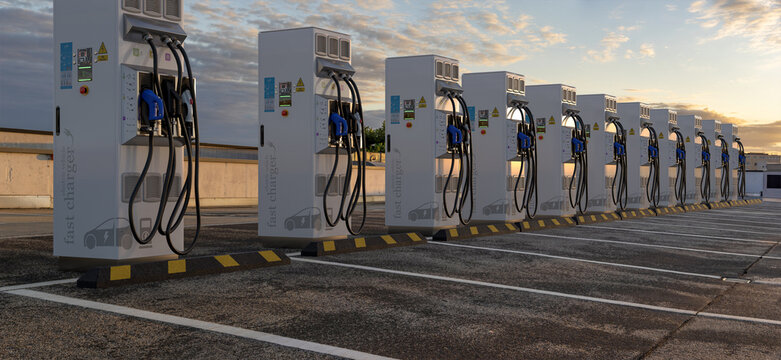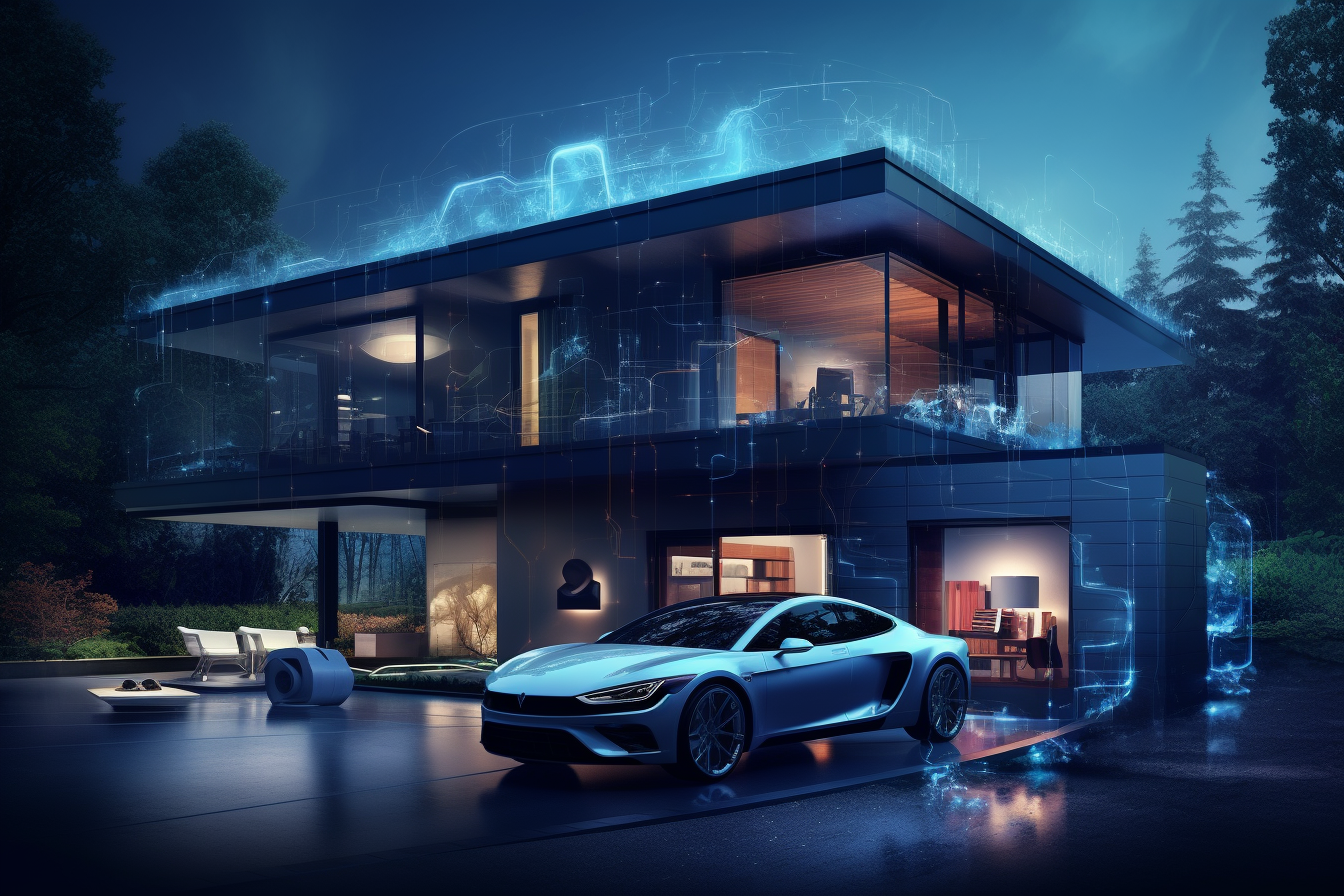As I mentioned in the previous post, I am bi(directionalcharging)-curious!
Last week, I had a chance to investigate this space more, so I will write about my current understanding.
AC/DC
Let’s start by describing the two current types one can bump into out in the wild.
AC
In alternating current (AC), the changing directions of electron flow name the type. In Europe, the AC in our electrical grid does that 50 times a second – so 50Hz.

The magnet on the rotor pulls the free-flowing electrons in one direction and then when rotates again in the other direction. If you think about it, that is how we have generated nearly all our power until recently.
We have some form of turbine or rotor that something turns around with attached magnets generating the AC current – Coal, Nuclear, and Hydropower plans all work on this principle. Coal and nuclear energy generate heat that boils water, and gas powers a turbine.
In my head, that is the reason we have AC and not a DC grid.
DC
To complete the most rock duo ever, we have a direct current. That one is more difficult to generate but also powers nearly all of our home devices. If the device rotates, it probably uses AC, but that one has some DC parts. So, all microelectronics, LEDs, phones and EVs work on DC.
One big group of DC use cases are batteries. Those use chemical processes (not rotating magnets) to charge and discharge. The batteries move all the electrons on one side of the battery, and then, while discharging, they move through whatever they are powering to the other side.

EV Charging
Like the above, we know AC “slow” and DC “fast” charging for EVs.
We have AC in the grid but DC in the battery. If we charge the car, we need to convert AC to DC. The distinction between AC or DC charging is, in fact, only about where the conversion happens. There is nothing else.
Nowadays, each EV comes with an onboard charger. The primary responsibility of this device is to take AC and convert it to DC. But because it is part of the car, it is restricted in many factors, but mostly in size and weight. It can be manageable as there would not be enough space for the battery.
AC charging speeds commonly range from 2~22 kW. Note that 2kW is around 10A @ 230V, while the main breaker on our house is 16A. 10A is all the energy our house consumes most of the time, so even that is quite a juice.

On the other hand, when we have a stationary cabinet outside of the car, we can make it bigger and more powerful (faster). The stations use a different connector (CCS2 here in Europe). The current bypasses the onboard charger entirely and goes straight to the battery.
V2X – Vehicle to Everything
Now, we are getting to the fun part – Getting energy out of the car. In other ways than driving it, that is. Now, for the energy to be easily consumable by our devices and homes, it should be AC. So, we need to do the opposite conversion rather than charging.
Taking out DC
Good old Nissan Leafs allowed (They still do in Asia, where they still make them with CHAdeMO) to discharge the DC battery. This is huge.
This process requires special bidirectional chargers that, among other things, step voltage down to use solar panel inverters to reach AC. The downside is that we need many boxes outside the car to achieve it.
Using DC was what I always thought of as the way we would achieve V2H.
Taking out AC
There is another way! Some car manufacturers like Hyindai and MG are adding V2L capabilities to their vehicles. That means that the onboard charger can work bidirectionaly. That way, we can, using a special adapter, take out 50Hz 230Volt AC, as in our power plugs.
I’ve also learned that Polestar is pushing this concept even further. They not only use the onboard charger to convert to AC, but the charger can sense the grid and synchronise the current to match the phase and frequency of the grid. They are working with CTEK and Easee boxes to make that happen.
This is brilliant because the investment for devices that the owner needs to do outside the car is significantly lower and has more use cases.
Opportunity
There is one unexplored opportunity that I plan to look into more. Take the V2L AC, which several on-the-market models already offer, and find a way to synchronise it with the grid afterwards.
If we could find a way, we already have a working V2G, V2H solution.
